| Today, Chairman & CEO of JPMorgan Chase Jamie Dimon released his annual letter to shareholders, outlining our approach for an inclusive economic recovery — combining our business, policy and philanthropic expertise. | | | | Inclusive Recovery | Today, Chairman & CEO of JPMorgan Chase Jamie Dimon released his annual letter to shareholders, outlining our approach for an inclusive economic recovery — combining our business, policy and philanthropic expertise. | | 1. Jamie's vision for a better future | 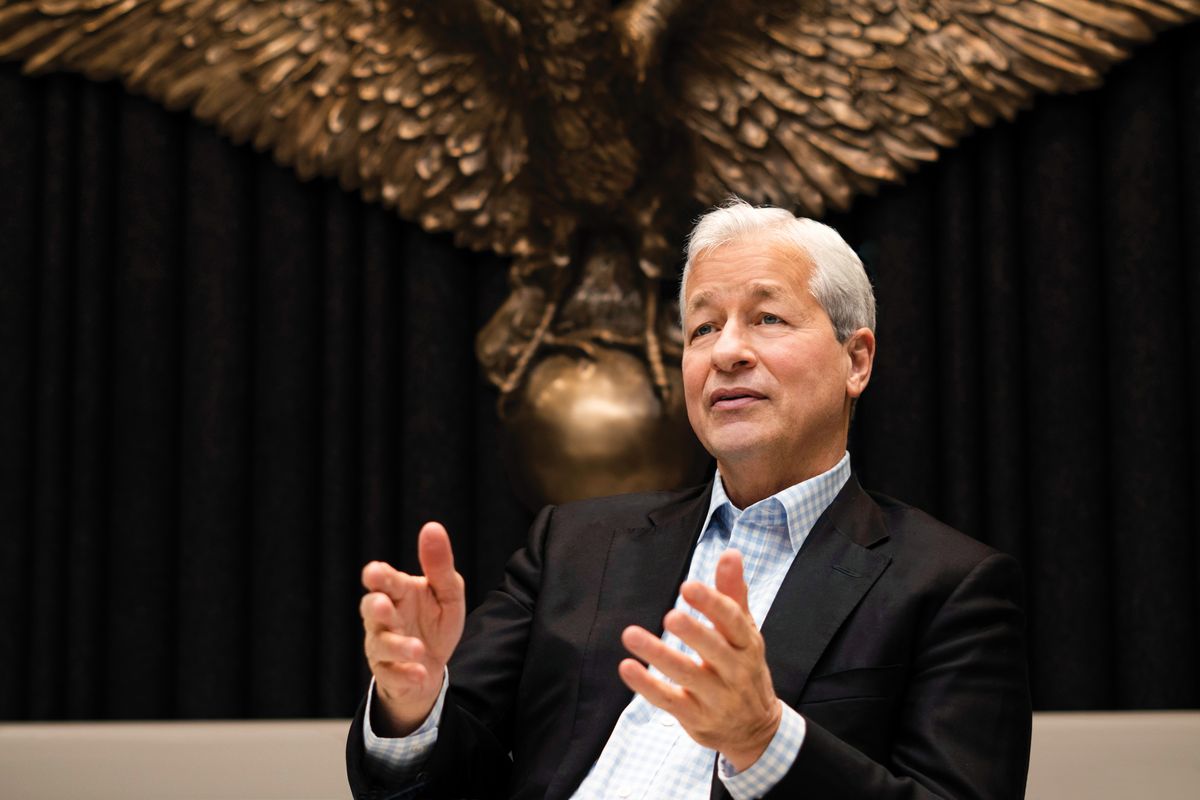 | | JPMorgan Chase Chairman and CEO Jamie Dimon | | 2020 was an extraordinary year. A pandemic, a global recession, turbulent elections, and deep social and racial injustice have all forced us to reflect on the issues that are tearing at the fabric of society. "The fault line is inequality. And its cause is staring us in the face: our own failure to move beyond our differences and self-interest and act for the greater good," Jamie says. -
"The good news is that this is fixable…Business and government collaborating can conquer big challenges — income inequality, economic opportunity, education and healthcare for all, infrastructure, affordable housing and disaster preparedness, to name few." Solutions begins with strong leadership, locally and globally: -
Smart financial systems can spark the first step in a family's ability to build reliable, long-term wealth. We must expand them. -
Mayors, educators and community leaders create the policies that empower and advance their citizens. We must work with them. -
Local businesses create the opportunities that communities need to sustain a healthy economy. We must empower them. -
Leaders should prioritize a comprehensive, multi-year Marshall Plan for healthy growth. We must support it. "When everyone has a fair shot at participating — and sharing — in the rewards of growth, the economy will be stronger and our society will be better," Jamie says. Below, we'll explore ways for equality to win. | | | 2. Four critical components of a fair economic bounce back | 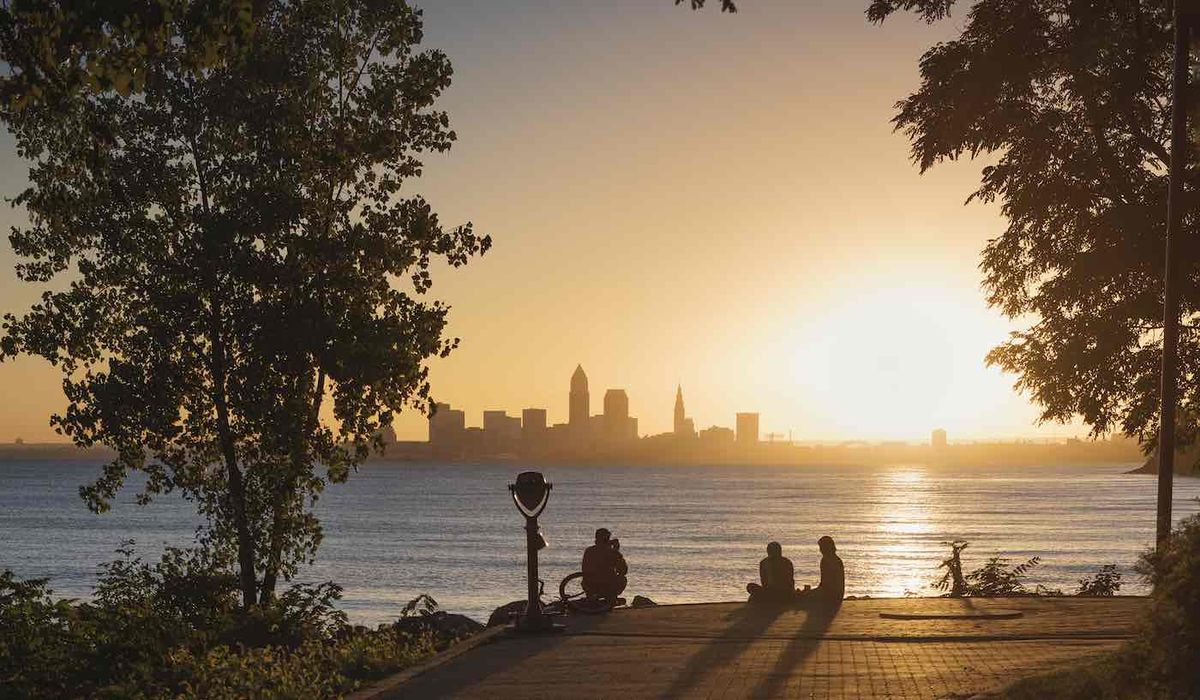 | | It is on all of us to address the fundamental inequities in society. | | COVID-19's economic shock hit Black and Latinx communities in the US especially hard, widening an already unacceptable racial wealth gap. -
Inclusive recovery starts at the community level, but many budgets have bottomed out while keeping residents COVID-safe. To shrink the wealth gap, we need smart, sustained collaboration with local leaders, policymakers and nonprofits. The disparity impacts all of us. Without action, it could cost our economy $1.5 trillion by 2028, Federal Reserve data shows. That means true recovery needs to be equitable. "Public and private partners must work together, and policies must be informed by granular, disaggregated data and research in order to target efforts towards those who need it most," says JPMorgan Chase President of PolicyCenter Heather Higginbottom. Our four pillars present a plan to get there: -
Financial health: Working closely with community organizations to address the financial needs of those most in need. -
Neighborhood revitalization: Helping to build thriving neighborhoods with our community development expertise. -
Jobs and skills: Investing in people by equipping them with skills they'll need for the future of work. -
Small business expansion: Helping underserved entrepreneurs and minority-owned businesses reinvest in their community. While the impact will be global, every community is unique. We believe deep partnership with local leaders will help spark and sustain change. | | | 3. Our $30 billion commitment to advancing racial equity | | We're investing in underserved communities, especially Black and Latinx areas that have been left behind for far too long. Over the next five years, we're committing: -
$8 billion to originate an additional 40,000 home purchase loans. -
$4 billion in refinancing loans to help and additional 20,000 households lower their mortgage payments. -
$14 billion in new loans, equity investments and other efforts to expand affordable housing. -
$2 billion to provide an additional 15,000 loans to small businesses. -
$2 billion in philanthropic capital for underserved communities. Read more about our $30 billion commitment to advance racial equity. | | | 4. The urgency behind building equitable, long-term wealth |  | | Our community branch model tailors financial education and services to every city. | | Black and Latinx families are 64% of unbanked Americans — more than double their population proportion. Nearly 70% of middle-class Black children will drop out of the middle class by the time they hit adulthood — but reliable financial services can help families build the wealth they need for stability and homeownership. We pledge to help one million people open low-cost bank accounts. -
We've opened four innovative branches in Harlem, Minneapolis, Chicago and Dallas that offer free skills training and fintech. -
They're serving as a model for 12 more branches in traditionally underserved neighborhoods across the country. "Helping communities access the tools they need to manage their financial lives and meet their goals is a critical component of ensuring an equitable economic recovery," says Colleen Briggs, our Head of Community Innovation. Read more about advancing racial equity in underserved communities. | | | 5. Homeownership should be more accessible |  | | Nearly 55% of Black and Latinx renters spend one-third or more of their income on rent. | | It's one of the strongest markers of long-term financial health — influencing access to education and job opportunities — but only 44% of Black families own their home, in contrast to 75% of white families, reports the Census Bureau. First-time buyer assistance, subsidized pricing and local tax credits are all impactful steps to make ownership accessible. JPMorgan Chase is committed to supporting communities for people at all income levels. -
As part of our racial equity commitment, the firm will finance an additional 100,000 affordable rentals and 40,000 home loans over the next five years. With our AdvancingCities initiative, we gave $35 million to support economic growth in seven cities. 2020 locations include Baton Rouge, Boston, Chicago, Minneapolis, New Orleans, Philadelphia and Portland. Read more about how local leaders can advance affordable housing. | | | 6. Better training is the key to a competitive workforce | 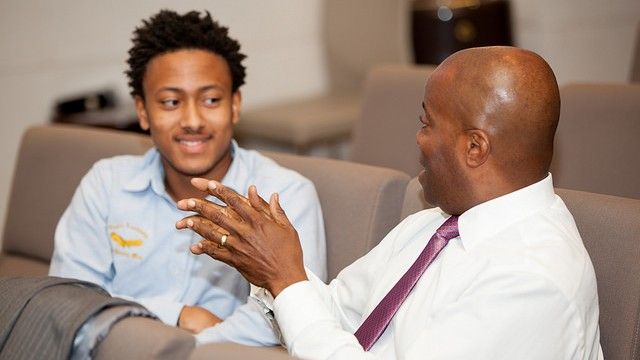 | | Since 2010, TFI has prepared young men of color for the future of work. | | Unemployment for Black Americans has been twice as high as for white Americans since the BLS started tracking it in the 1970s. Latinx unemployment became the highest of all ethnic groups after the pandemic began. -
Over the next 10 years, over 30% of the US labor market will need to upgrade skills, but in communities where wages are already weak, workers risk falling further behind. Job training programs can be tailored to those bearing the brunt of inequity and incorporated in schools and businesses of all sizes — helping align education with the local skills needed for future careers. We're invested in education and training programs that help people of color prepare for stable, well-paid jobs, and we're committing ourselves to a new hiring plan, too. -
JPMorgan Chase is hiring 4,000 Black students as interns, apprentices, and employees over the next five years. -
We're training more than 1,000 young men of color on skills they need for college and careers through The Fellowship Initiative. "Structural change requires intentional effort. We're in this for the long term — investing in businesses, developing talent, enriching the community," says Brian Lamb, our Global Head of Diversity & Inclusion. | | | 7. Our big part in building small business | 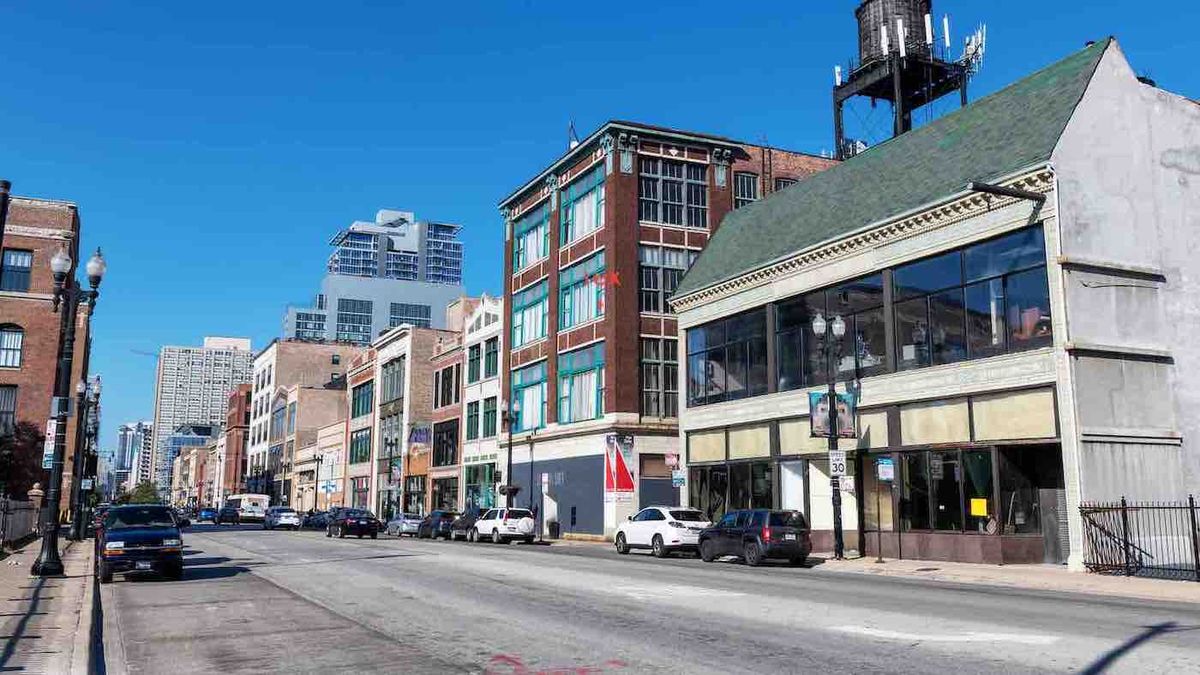 | | Minority small business owners face uneven barriers to growing a business. | | The pandemic exacerbated already steep disadvantages that minority-owned small businesses face — 42% had a harder time accessing credit in the past year, compared to 29% of other owners. Small business is the backbone of our economy — driving 64% of job creation each year — which means the potential gains from closing its racial disparity will be enormous. That's why we launched a $350 million initiative to help Black, Latinx, women and other underserved entrepreneurs grow their small businesses. It combines low-cost loans, equity investments, and philanthropy to support their immediate needs and long-term growth. -
"Our small businesses, Black and Latinx communities — and their intersection — are integral to the wellbeing and character of local communities. We all have a part to play in supporting their vitality. We are committed to doing ours," says Ted Archer, our Executive Director of Business Development and Global Supplier Diversity. Read more on the critical need for capital in America's small businesses. | | | 8. A snapshot of success and inspiration | 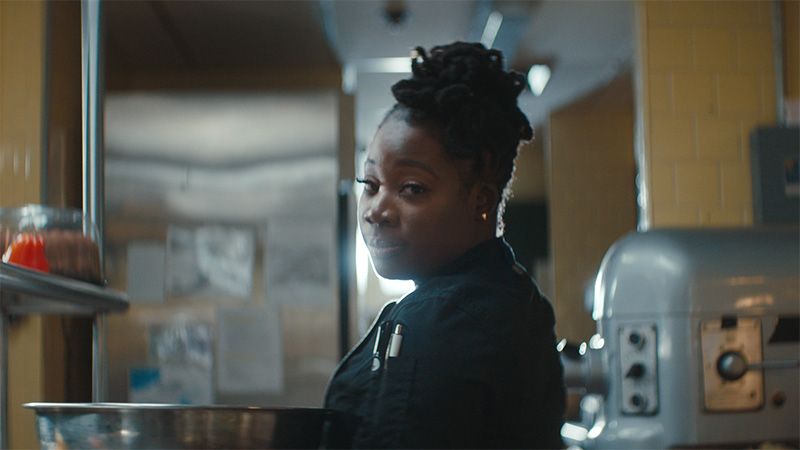 | | Pinke's E.A.T.S. is becoming a lasting fixture in D.C. | | When the pandemic struck and demand for catering fell, Pinkey Reddick's small Washington D.C. catering shop was at risk of going out of business. -
"We were able to connect the dots: the pandemic caused a disruption in the supply chains…and local minority-owned small businesses were well-positioned to meet that need," says Dekonti Mends-Cole, our VP of Global Philanthropy. The shift was a lifeline that matched Reddick's own vision to use her business to help the community. Read more about her story. | | Closing thought: -
Local communities are developing some of the best ideas to make civic society work for more people. -
JPMorgan Chase engages at the local level because we think companies have an extraordinary capability to help — with funding, strong public policy, and constant respect for the people we serve. Read more in Jamie's full letter to shareholders. |  | | To learn more about JPMorgan Chase's Path Forward, please visit JPMorganChase.com | | If you received this email from a friend, subscribe now to receive future updates. | | To unsubscribe, please click here. | | © 2021 JPMorgan Chase & Co. | 383 Madison Avenue, New York, New York | |
This article gave me a lot of useful knowledge about Online Defensive Driving Course. The material is both informative and useful. Thank you for making this information available. Keep up the excellent job.
ReplyDelete